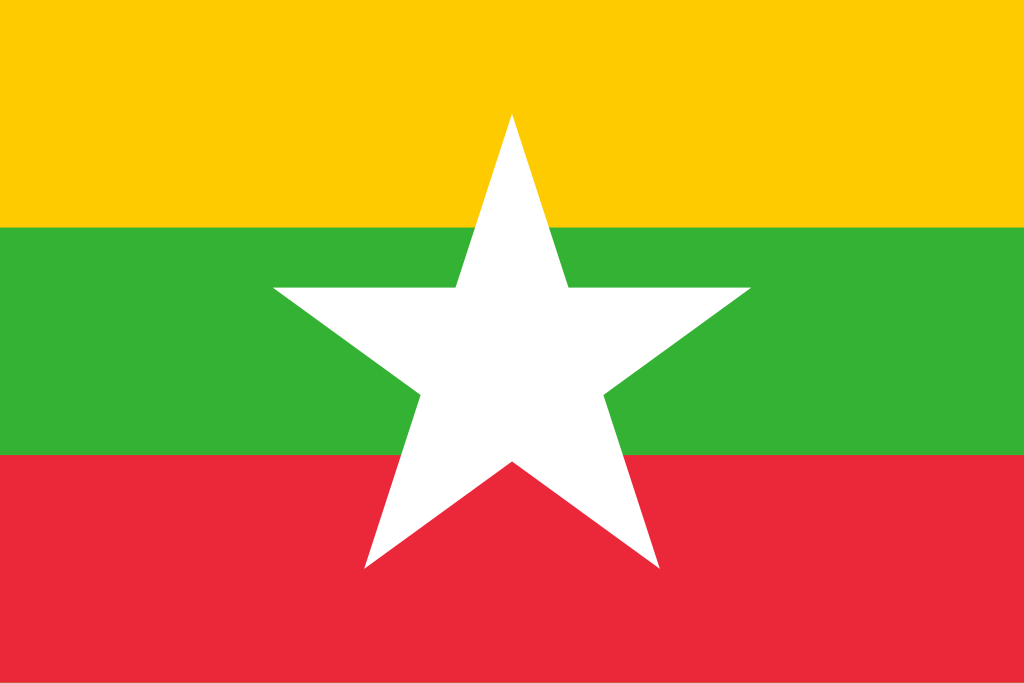MTPE: The Future of Machine Translation Post-Editing and What to Expect in 2025 & Beyond
Machine translation (MT) has transformed the way businesses and individuals communicate across languages. With advancements in artificial intelligence (AI) and neural machine translation (NMT), the need for human involvement has shifted from manual translation to post-editing. As we move into 2025 and beyond, the role of machine translation post-editing (MTPE) will continue to evolve. But what changes can we expect? How will AI impact post-editing? This article explores key trends and predictions for the future of MTPE, emphasizing the importance of accurate translations where professional editors ensure that machine-generated translations are both efficient and precise. AI-Driven Improvements in Machine Translation One of the biggest advancements in MTPE will come from continuous improvements in AI and deep learning models. Machine learning plays a crucial role in enhancing machine translation technologies by analyzing vast amounts of language data to improve translation accuracy and quality. Large language models (LLMs) like OpenAI’s GPT and Google’s Gemini are enhancing translation accuracy, reducing errors, and producing more natural-sounding text. Expected Changes: Shift from Light Post-Editing to Full Post-Editing Traditionally, post-editing has been categorized into light post-editing (LPE) and full post-editing (FPE): Human translations serve as a crucial reference point for evaluating the performance of machine translation systems, ensuring that the output meets high standards of accuracy and fluency. With improvements in AI, the demand for LPE may decrease, while FPE will gain more importance. Businesses will seek high-quality content that feels human-like, requiring professional post-editors to refine AI-generated translations. Increased Demand for Specialized Post-Editors As machine translation improves, general translation tasks may become more automated. However, specialized translators—those working in legal, medical, financial, and technical fields—will remain essential. Why? Integration of AI-Powered Post-Editing Tools Post-editors will have access to AI-powered editing tools that speed up the workflow. These tools will: Machine translation systems play a crucial role within the framework of quality assurance processes in MTPE. These systems are evaluated for quality in terms of productivity and translation accuracy, with defined standards and structured evaluation methods ensuring their outputs align with human translation quality. Such advancements will make the MTPE process smoother, allowing editors to focus on high-value linguistic and cultural adjustments rather than basic error correction. Rise of Adaptive Machine Translation Adaptive MT is an emerging trend where translation engines learn from human edits in real-time. This means: By 2025, we can expect widespread adoption of adaptive MT, making post-editing faster and more personalized to each user’s needs. Growth of AI-Human Collaboration Rather than replacing human translators, AI will serve as a collaborative assistant. Professional post-editors will work alongside AI tools to enhance translations, ensuring they meet quality standards. This hybrid model will: Ethical Considerations in Machine Translation As AI takes on a bigger role in translation, ethical concerns will arise, including: For instance, Google Translate is a widely used machine translation engine that can effectively handle simpler sentences. However, its performance varies in different scenarios, highlighting the importance of selecting the appropriate tool for specific translation needs. This underscores the need to consider ethical implications when using such systems. To address these challenges, organizations must implement responsible AI practices and ensure human oversight remains a key part of the process. Higher Demand for Multilingual Post-Editors As businesses globalize, there will be greater demand for post-editors who can work across multiple languages. AI may generate rough translations, but multilingual post-editors will be needed to: Conclusion The future of machine translation post-editing is promising, with AI playing an increasingly supportive role. By 2025 and beyond, we can expect: While AI is making machine translation more powerful, human expertise will remain essential in ensuring quality, cultural accuracy, and industry-specific precision. The role of post-editors is not disappearing—it’s evolving into a more sophisticated and strategic function in the world of localization and global communication.
MTPE: The Future of Machine Translation Post-Editing and What to Expect in 2025 & Beyond Read More »
















